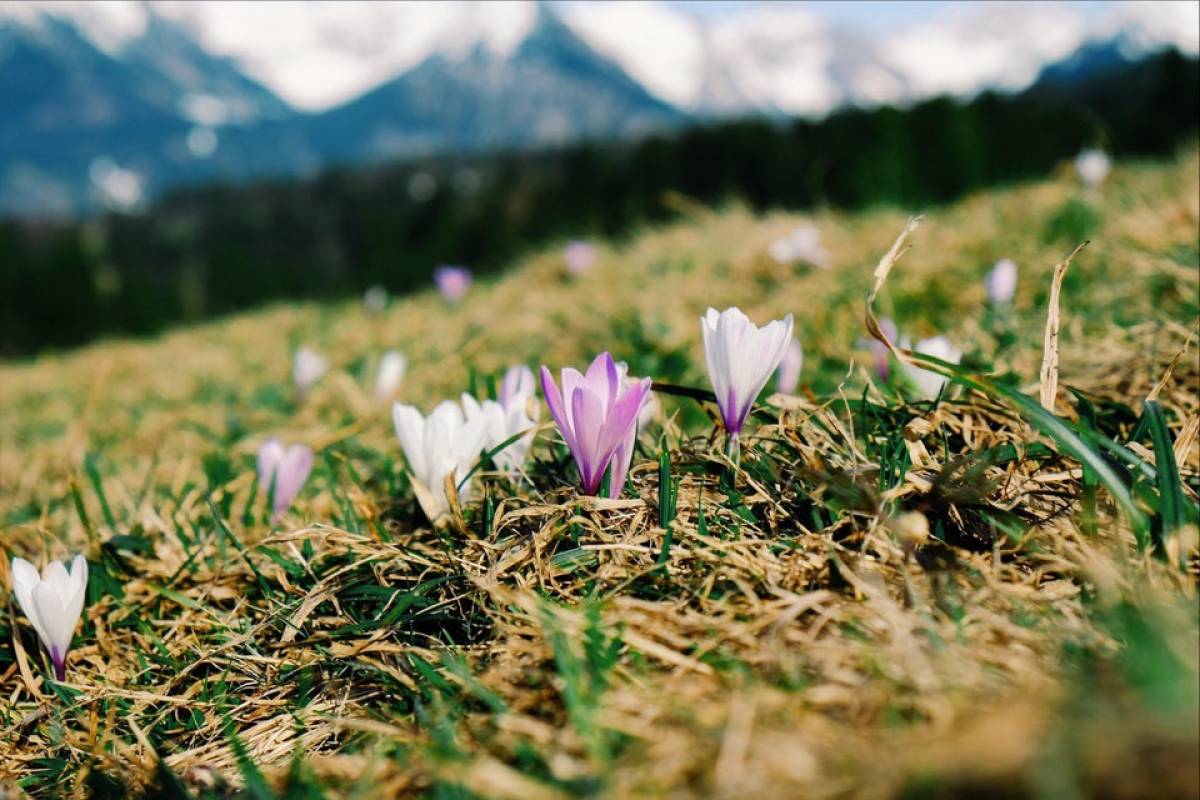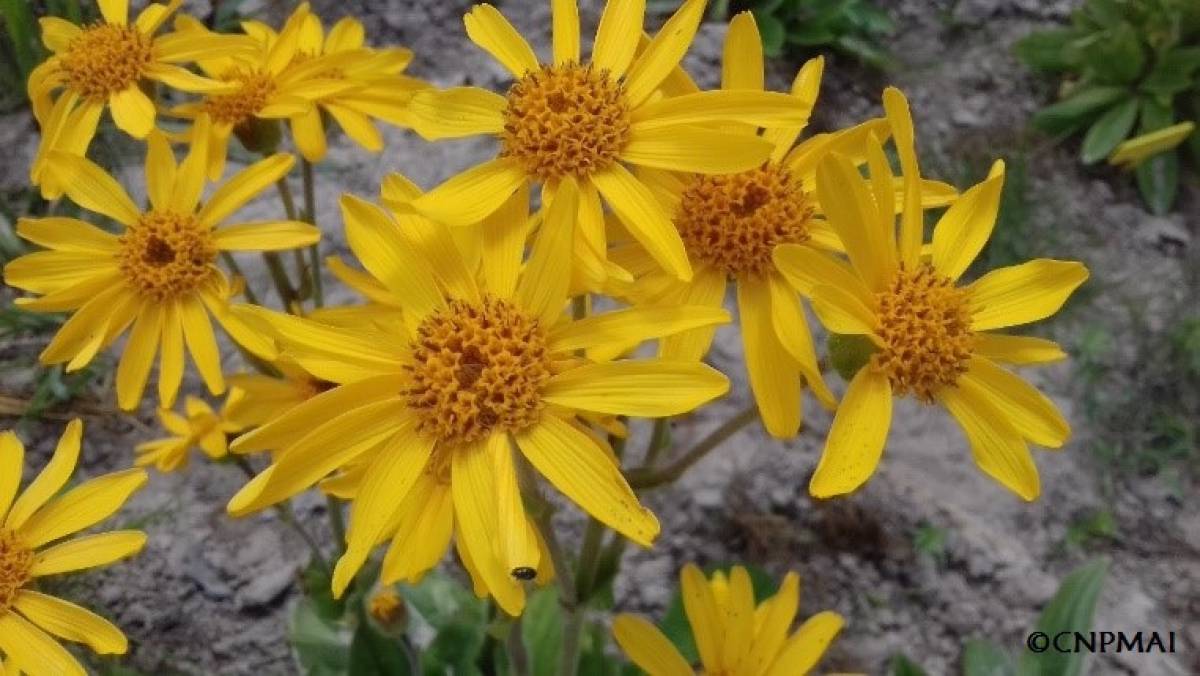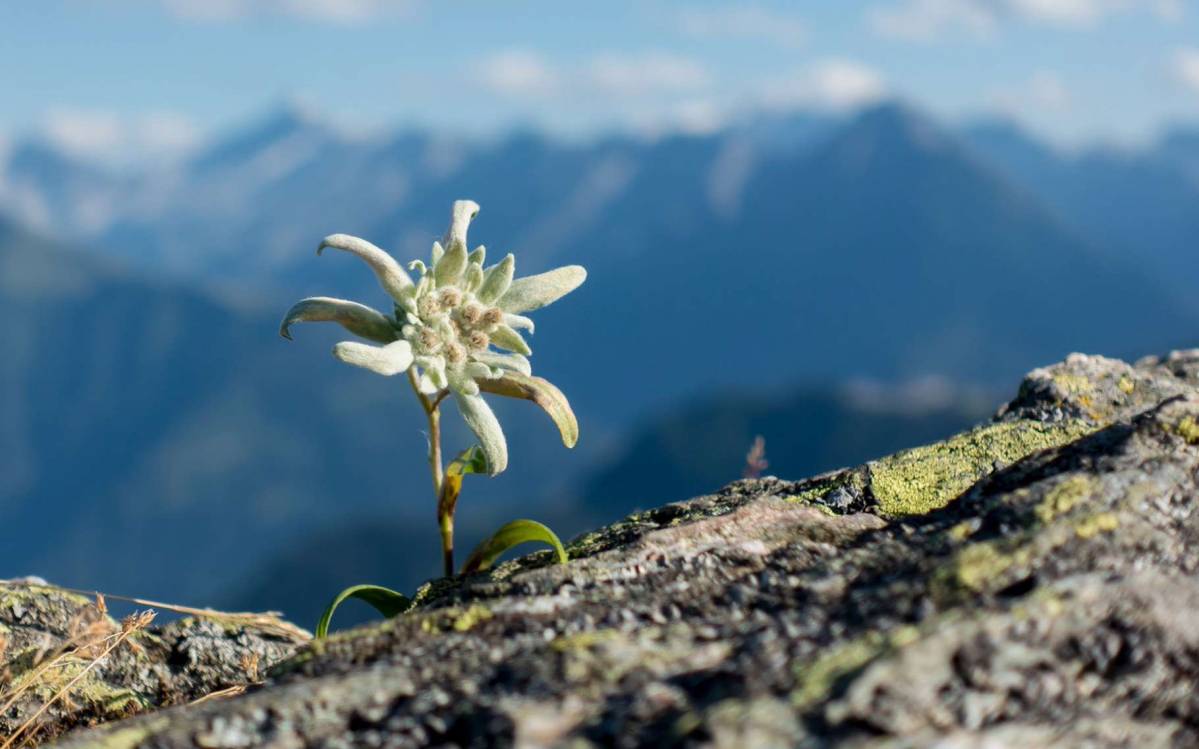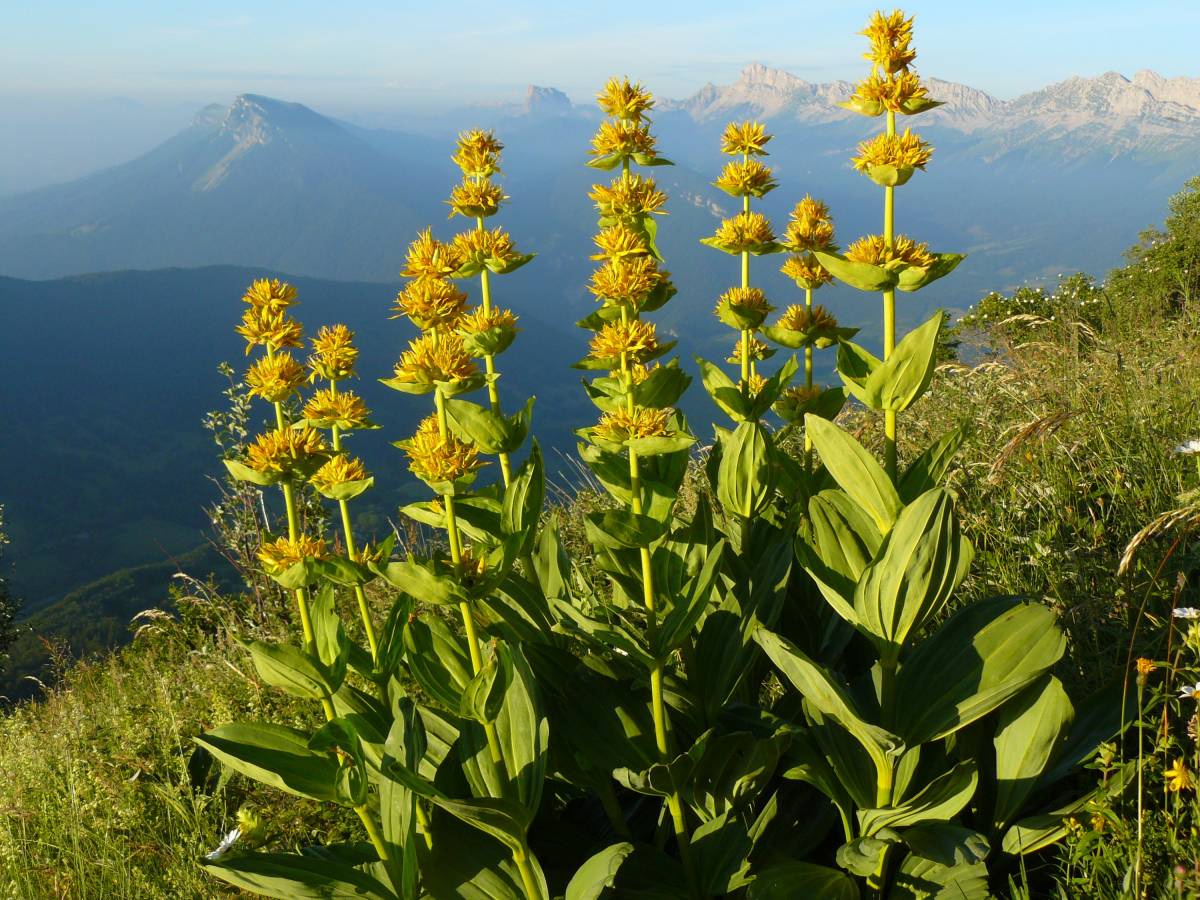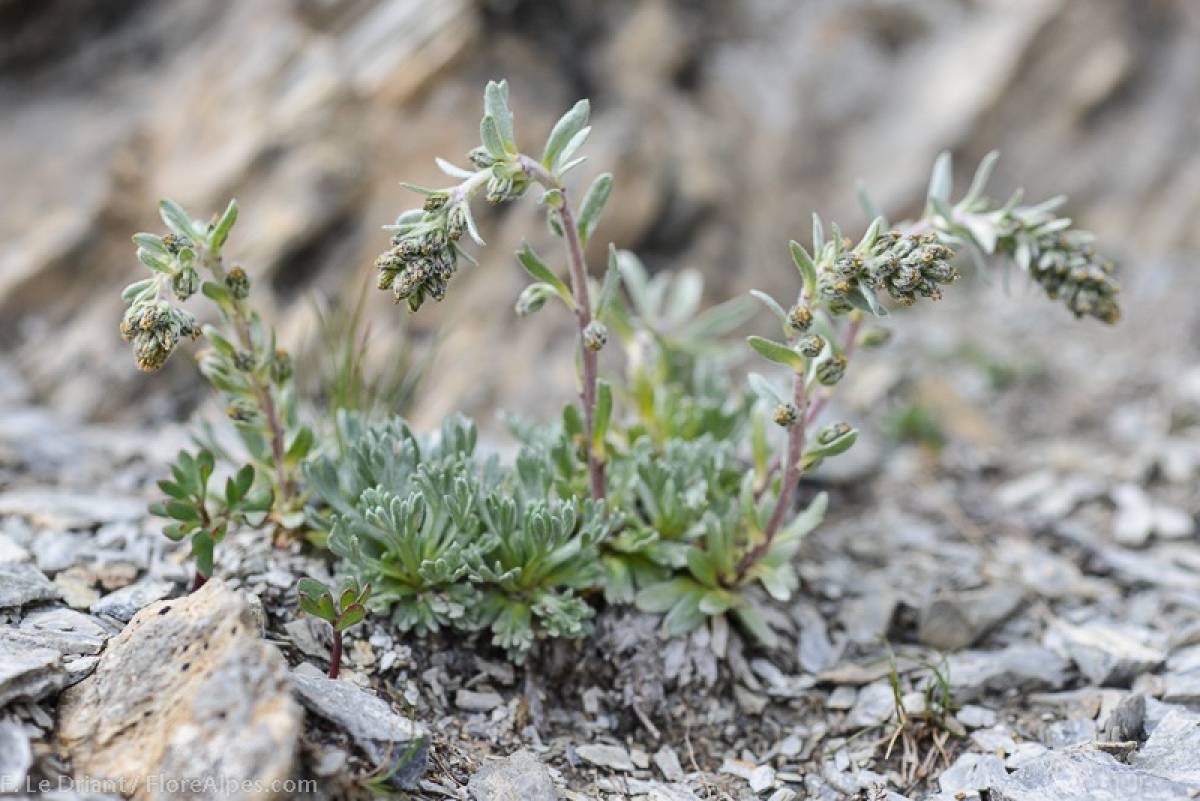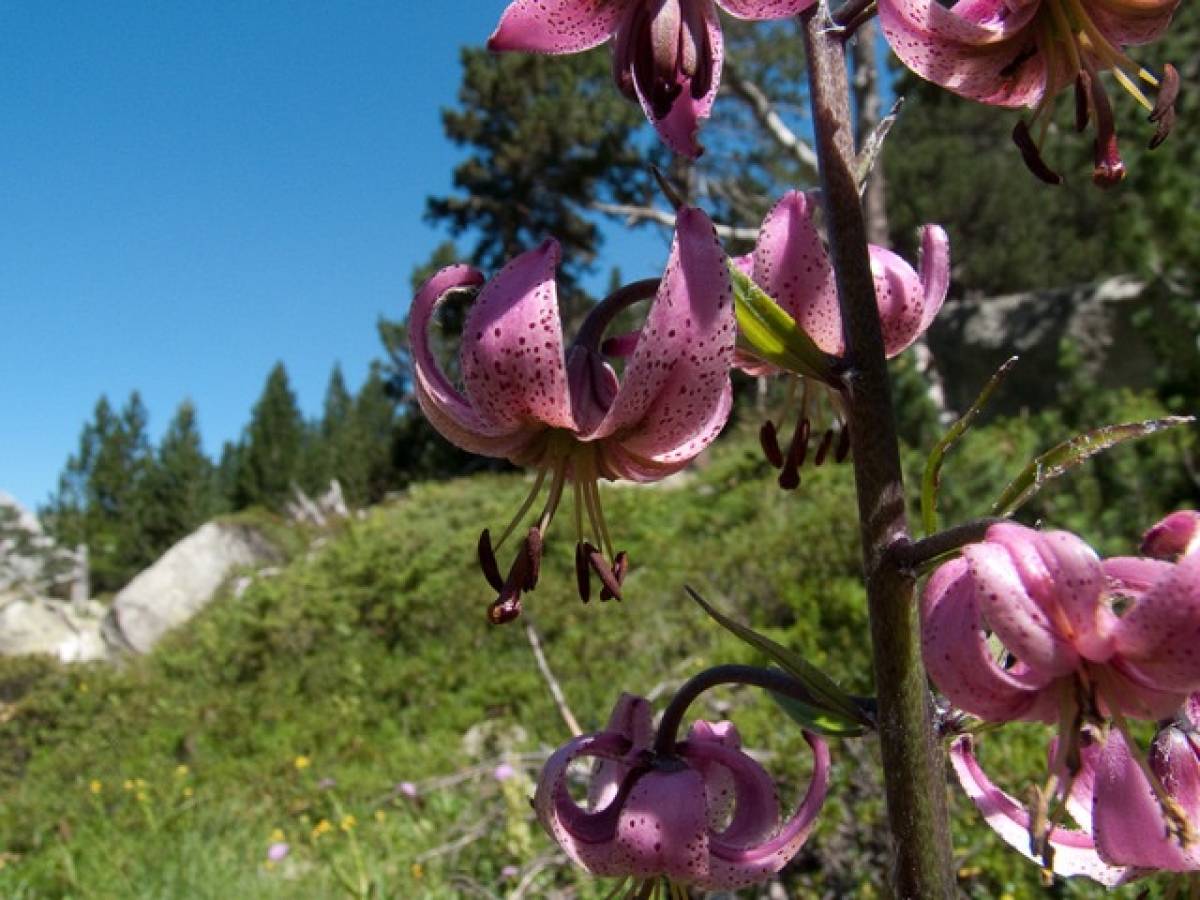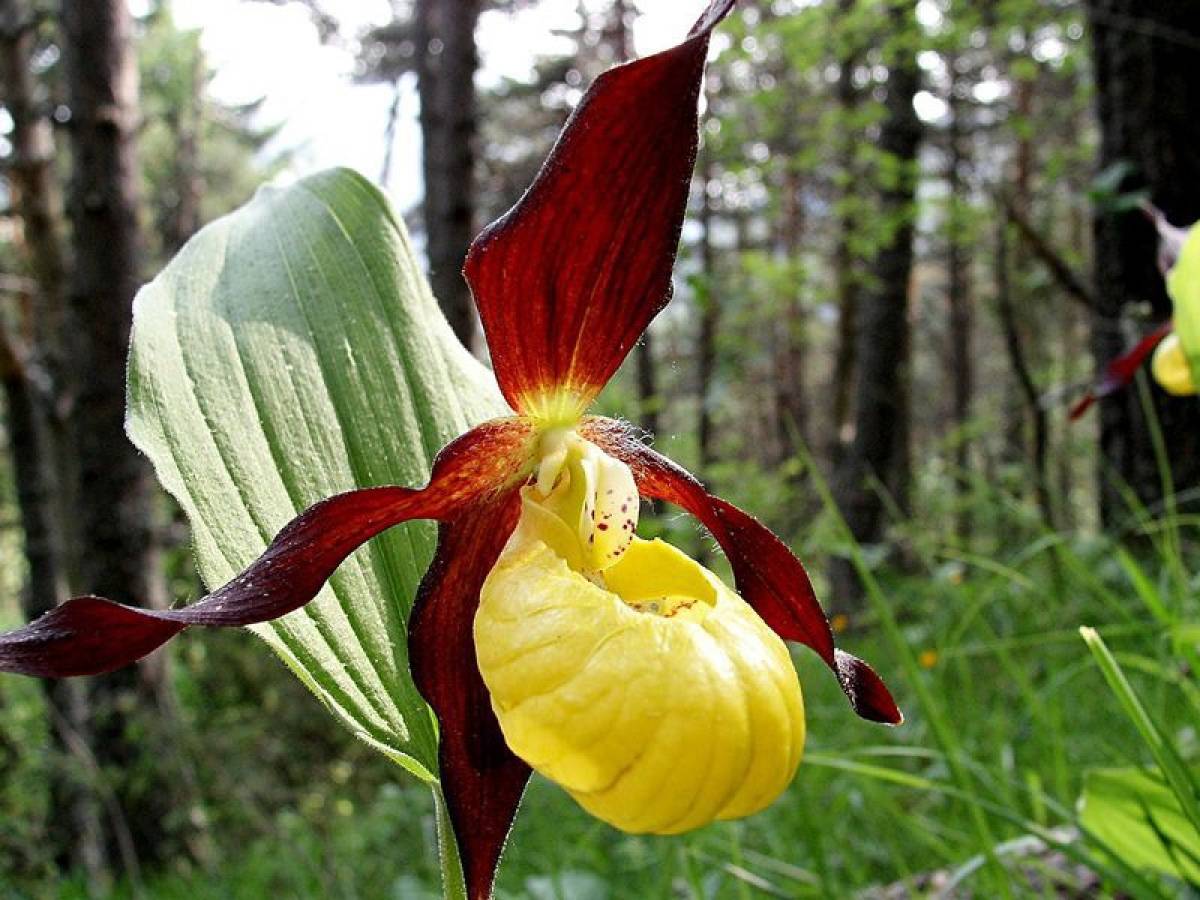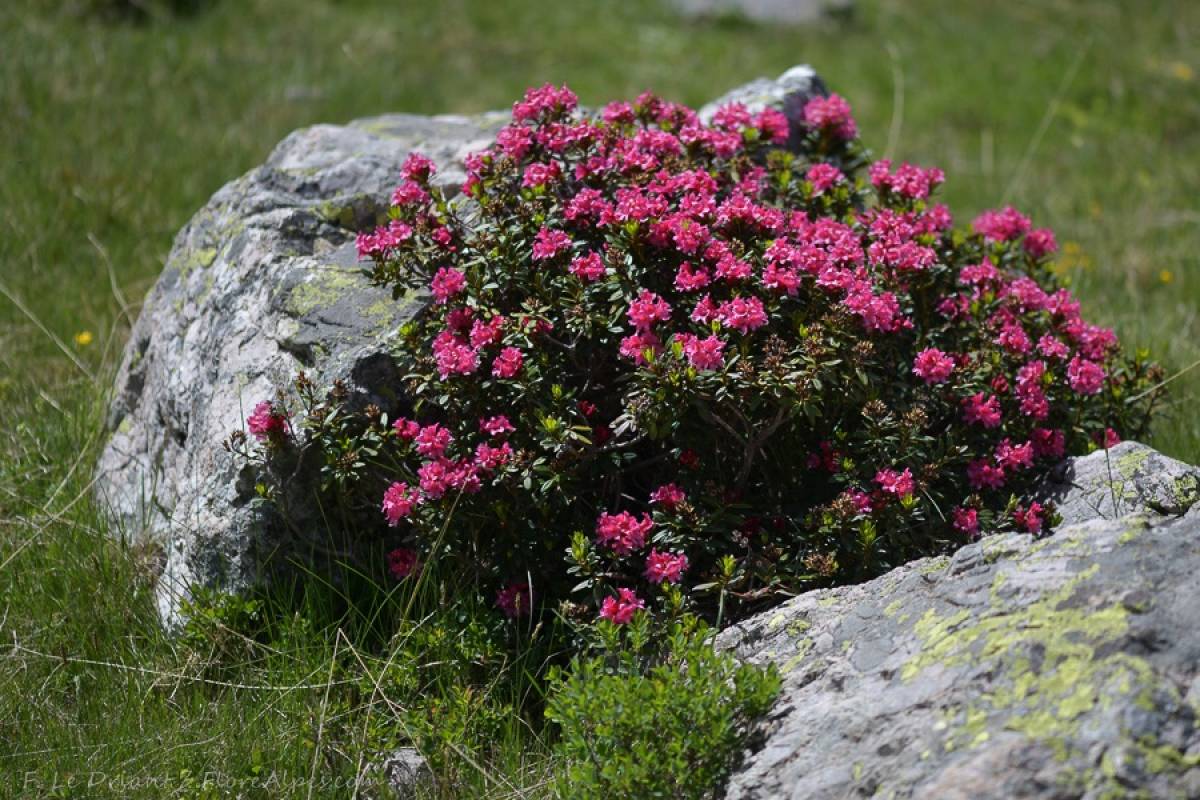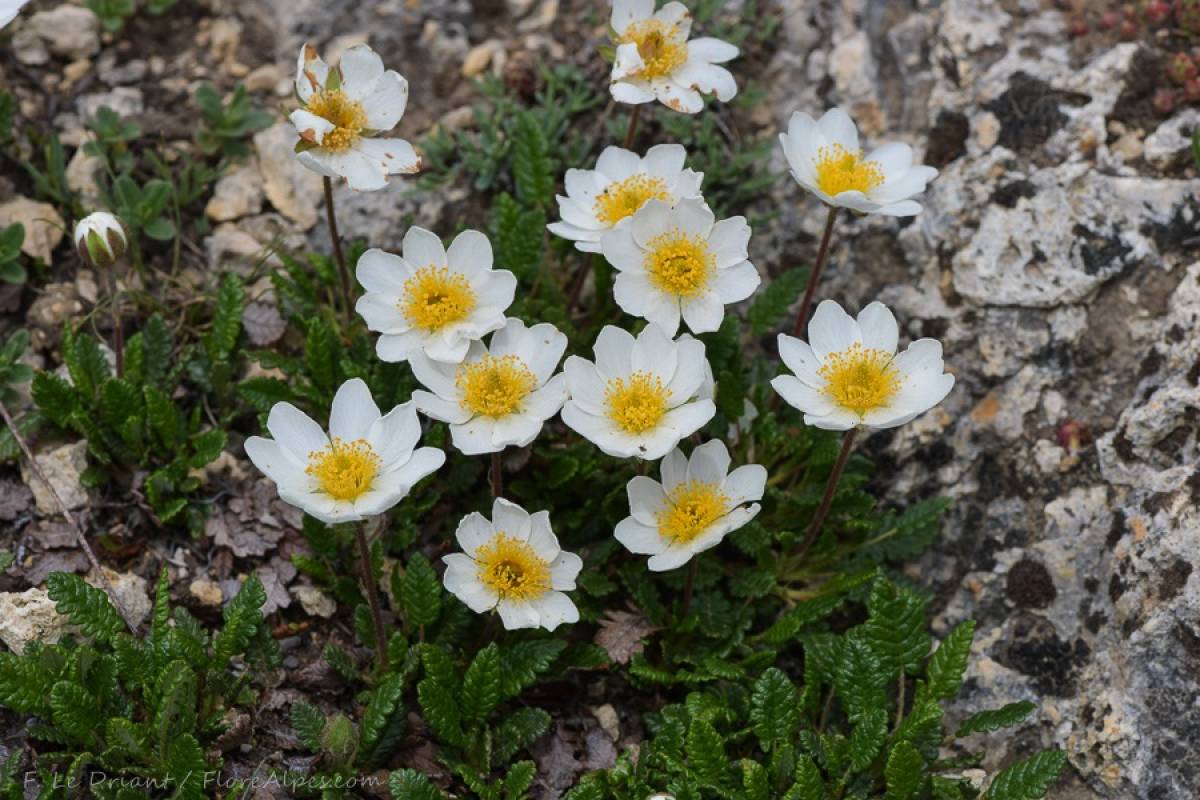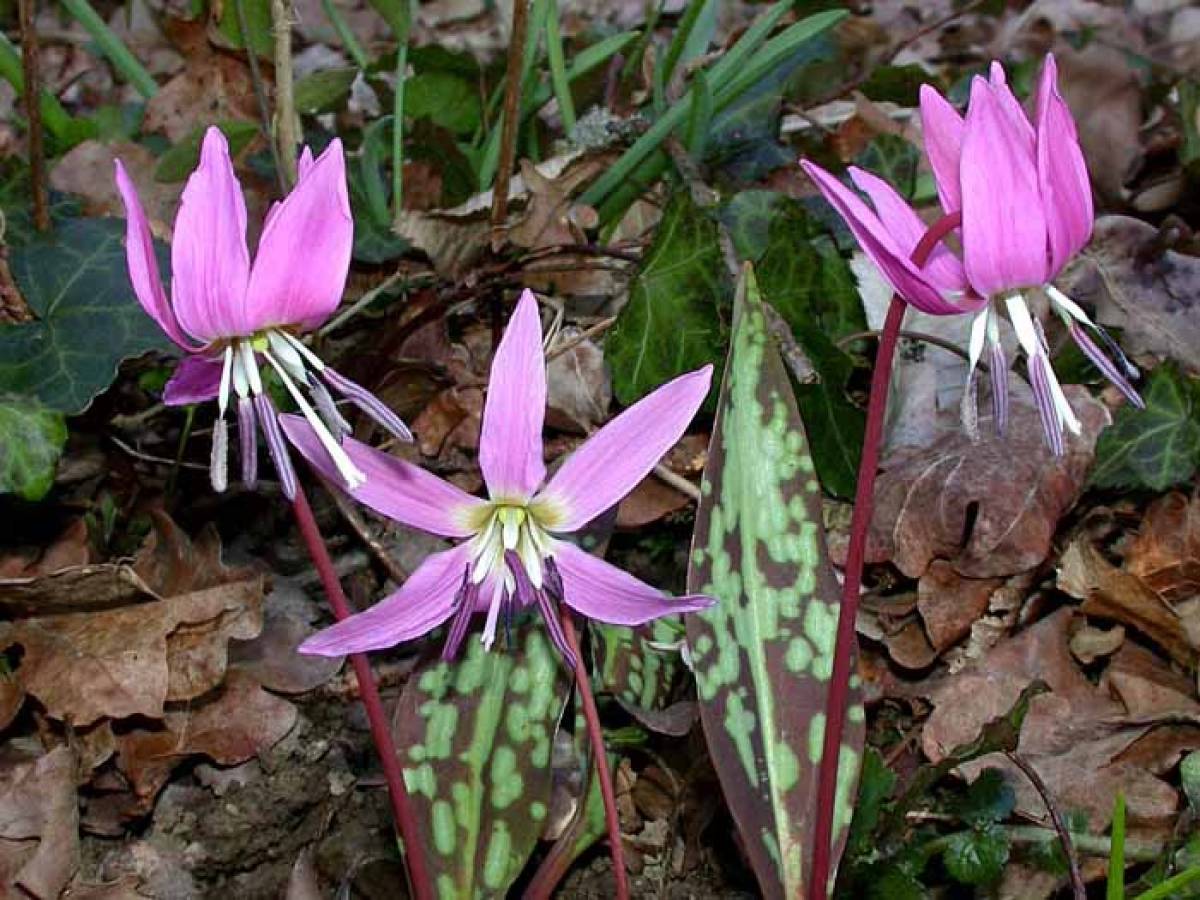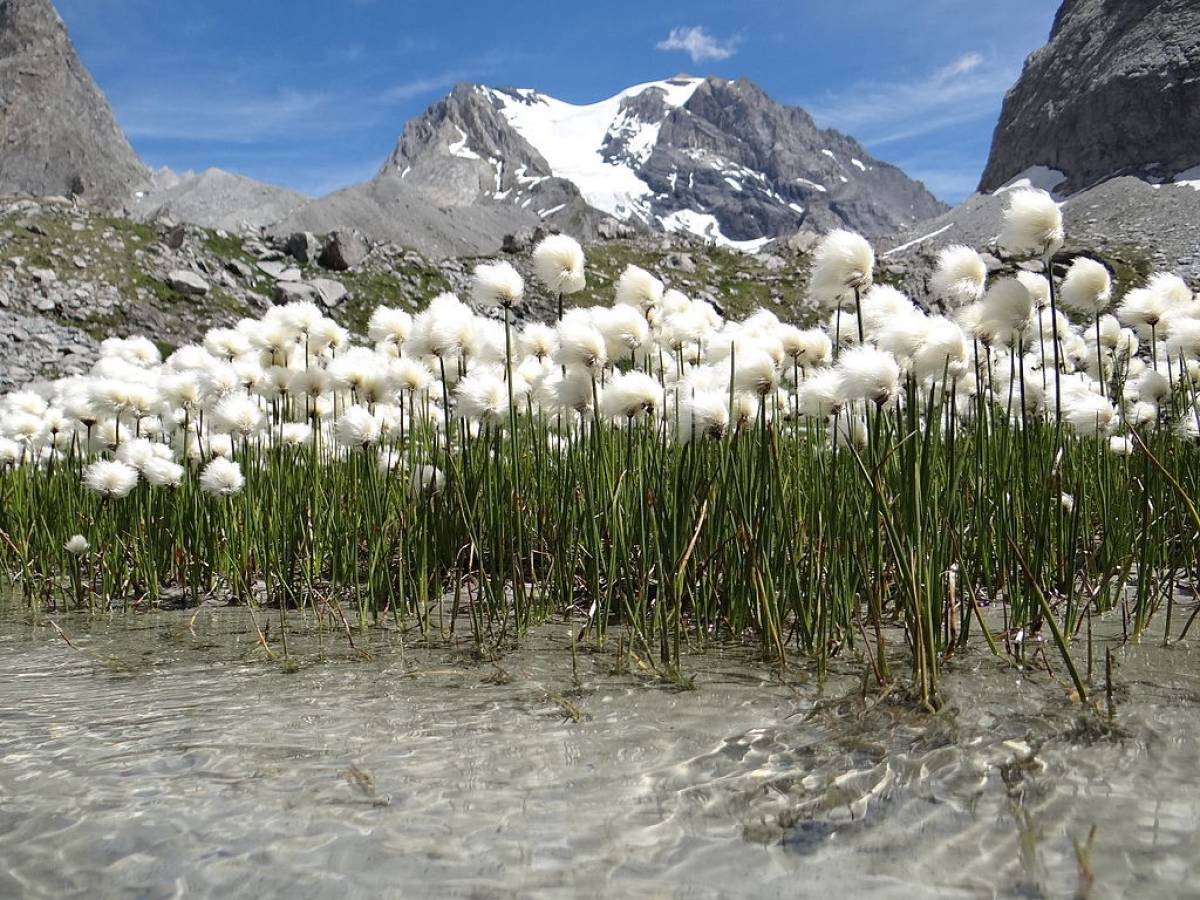The mountain is a wonderful ecosystem for fauna and flora, we have selected for you 10 essential mountain plants to know. Medicinal virtues, edible plants or rarer species, discover the most interesting varieties present in our mountains. This focus will offer you a first approach to better recognize certain plants and thus better respect their environment.
Find in our selection, the flowering period, the altitude and many precise information to have more chance to admire these different varieties in their natural environment.
Nature has so much to offer us when we take the time to observe it better.
![ESI [Hiver]](/build/assets/images/logo_esi-winter.cbe060df..png)






